Question bank
Chapter-1 Beautiful Nature
Q-1
Read the given clues and unscramble the letters to get the correct answers.
1. This tree is known for its massive canopy and aerial roots. These roots descend from the branches to the ground, forming new trunks. YABANN: __________________________
2. The leaves of this plant are used as a source of a reddish-brown dye known as mehendi. NHAEN: __________________________
3. The Bharat Ratna award looks like a leaf of this tree. EPEALP: __________________________
4. This is one kind of grass and some of its species are the fastest growing plants in the world. OABBMO: __________________________
5. The name of this tree has been derived from a Sanskrit word meaning ‘Tree of the gods’. EDDORA: __________________________
6. This plant is grown for its seeds or beans, which are roasted and ground. FECFEO: __________________________
7. This grass is one of the major sources of the world's sugar, which is extracted from its sweet, juicy stems. URAGSNCAE: __________________________
8. This leaves of this plant are considered a natural source of dye. This was cultivated during the British rule. DOIGNI: __________________________
Q-2 Fill in the blanks with the right words.

1. Plants make their own food in their leaves by using __________________________________and___________________________________________.
2. The process through which a plant makes its food is called ____________________________________
3. Water travels up from the soil through the _______________________________________
4. Most leaves contain a green substance called ______________ which helps to use sunlight.
Q-3
identify these birds


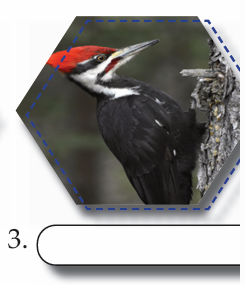
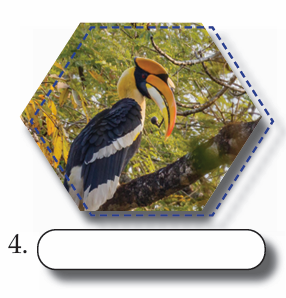

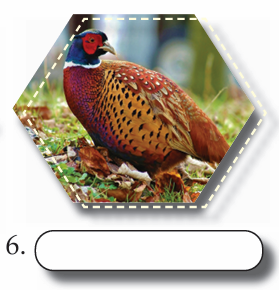
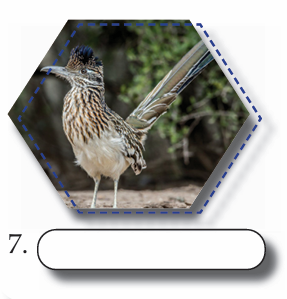

Q-4
Tick the correct word.
1. A group of frogs is called an army/a herd.
2. Newts have tails part of/throughout their lives.
3. Frogs swallow their food whole. The size of what a frog can eat is determined by the size of its mouth/tongue and its stomach.
4. Frogs can/cannot live in salt water.
5. Most amphibians have thin moist/dry skins that help them to breathe.
6. Amphibians are warm-blooded/cold-blooded animals.
7. Amphibians are considered vertebrates/invertebrates as they have backbones.
8. Certain frogs can jump up to 2/20 times their own body-lengths in a single leap.
Q-5 Here are some common items of everyday use that we get from plants. Match them correctly.

Chapter-2 Sports & Entertainment
Q-1
Identify these great sportspersons and the sports they play
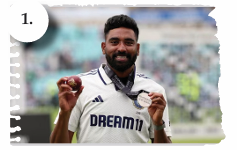
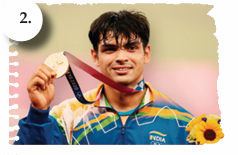


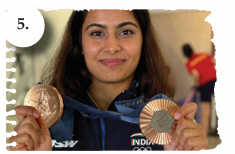

Q-2
Water sports are very important to people all over the world. People play water sports for fun and fitness. We can also enjoy sports because we know that we are doing exercise, and it feels wonderful.
1. This is a very popular water sport. The game involves two teams, each trying to score goals by throwing a ball into the opposing team's net. ________________________
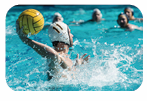
2. This is an elegant water sport in which groups of swimmers while swimming make patterns to the rhythm of the music. The other name of this sport is ‘Water Ballet’. ____________________
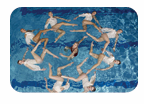
3. In this sport, the player enjoys riding over high sea waves approaching towards the shore on a surfboard. ________________________

4. In this sport, the player rides a small, light-weight boat and rows it with the help of an oar having both the ends flattened. _____________________________

5. This is a well-known sport in Bharat. In this sport, players use an inflatable rubber raft to manoeuvre through the rapids. ________________________
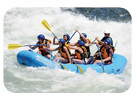
Q-3
Choose the correct answer.
1. On a chessboard, there are ____________ black-and-white squares.
2. Out of 16 pieces, each player has eight _________ placed in the front row.
3. In the back row, each player has two __________ which can move any number of squares in the diagonal direction.
4. The back row also has two ________ which can move any number of squares in a straight line along any column or row, but not diagonally.
5. There are two ___________ in the back row, which can jump over other pieces to move two squares in a straight line and then one square sideways.
6. The ___________ is the most powerful piece on the chessboard and can move any number of squares in any direction.
7. The __________ is placed in the centre of the back row and can move only one square at a time in any direction.
8. The king is once allowed to make a special move which is known as ________.
9. The objective of both the players playing the game is to _______ the opponent's king.
Q-4 Match these championships, trophies and cups to sports.

Q-5
Some names of renowned stadiums or stadia are given. Find out in which States/Union Territories these stadiums are located.
1. Yadavindra Stadium __________________
2. Green Park Stadium _________________
3. Wankhede Stadium
4. Ambedkar Stadium ___________________
5. M.A. Chidambaram Stadium
6. Lal Bahadur Shastri Stadium _______________
7.Dhyan Chand Stadium __________________________
8. Sawai Mansingh Stadium ________________
9. Narendra Modi Stadium __________________
10. Eden Gardens ________________________
Q-6 Match these theatre words their descriptions.
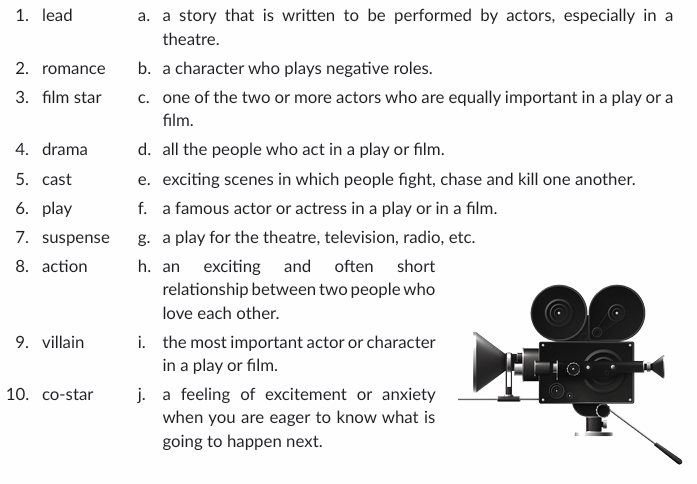
Chapter-3 Our Motherland
Q-1 Match these cities and towns to the states in which they are located.
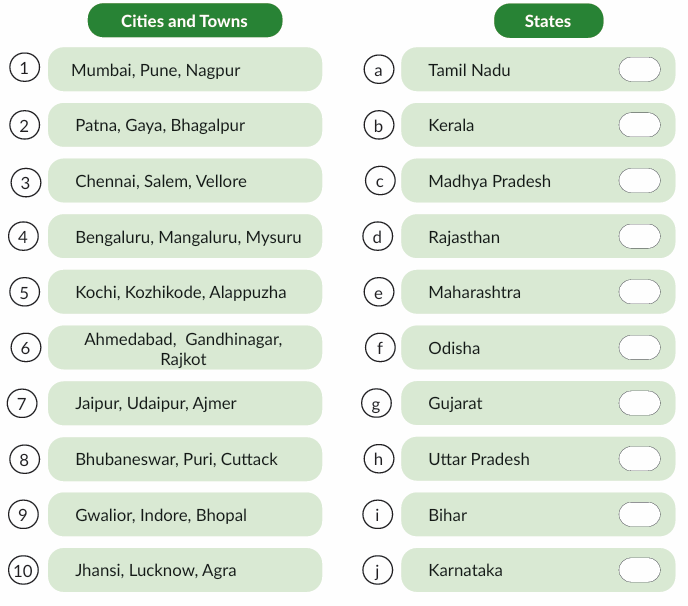
Q-2
Read the descriptions and write the names of these handloom designs :
1. In this design, cloth is decorated by making different patterns using gold threads. ________________________
2. In this design, certain parts of a piece of cloth are tied before dyeing it. __________________________
3. In this design, hand-painted or block-printed patterns are made on a piece of cotton cloth. ___________________________
4. In this design, wax is used for creating patterns on a piece of cloth before dyeing it. ___________________________
5. In this design, intricate patterns are created on a piece of cloth using thread stitches. ___________________________
6. In this design, different kinds of embroideries are used for making flower like patterns. _________________________________
Q-3
Answer these questions:
1. Which award is given for outstanding contribution to Hindi literature ?
2. Who was the first recipient of the Saraswati Samman ?
3. Which award is given for outstanding contribution to the promotion of goodwill and friendship among the people of the world ?
4. Which award is given for outstanding contribution to Indian literature ?
5. Who was the first recipient of the Bharat Ratna award ?
6. For whom is the Dronacharya award meant?
7. Which is the highest military award in India ?
8. Which award is the highest national honour for films ?
9. Which is the second highest civilian award in India ?
10. Which is the highest civilian award in India ?
11. Which award is given for remarkable performance in sports ?
Q-4
Fill in the blanks to check how much you know about Indian Satellites.
1. _________________ is the first exclusive meteorological satellite built by ISRO.
2. _______________ was the first satellite mission jointly developed by NASA and ISRO .
3. _________________ was launched on July 14, 2023.
4. ________________ was the first Indian space satellite, launched by India on 19th April, 1975.
5. _________________ was launched on July 1, 2024. It is the second satellite in the second generation navic constellation.
6. _________________ is India’s first ever indigenous reusable launch vehicle space shuttle.
7. _________________ was India’s communication satellite launched by Arianespace on 24th January, 2002.
8. _________________ was launched on 1st April, 2019 by India’s PSLV-QLC45 launcher from SDSC, Sriharikota.
9. The world’s lightest and smallest satellite, _________________, was launched on 24th January, 2019 from SDSC, Sriharikota, Andhra Pradesh, that was developed by the students of Space Education Firm.
10. _________________ was launched on 18th July, 1980, for the first time from the Sriharikota Island launch site.
Chapter-4 Language & Literature
Q-1 Match these books to their authors.
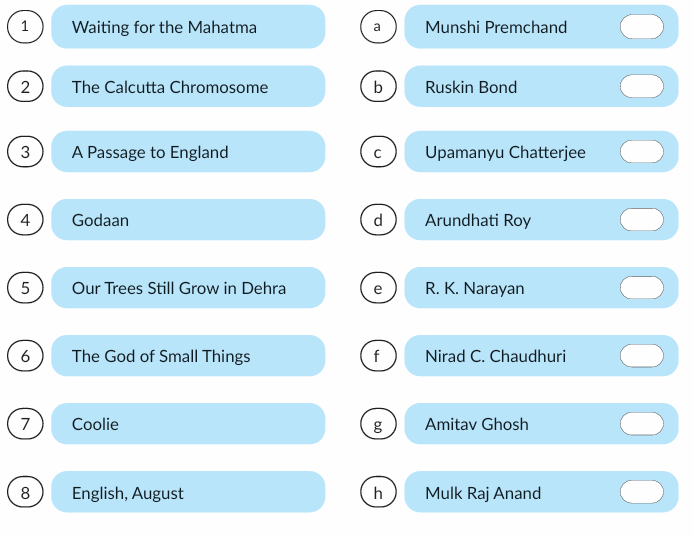
Q-2
Name the languages in which these authors wrote their compositions.
1. Moliere, Prudhomme, Alexander Dumas, Victor Hugo, Jean Paul Sartre, Romain Rolland, Balzac, J.J. Rousseau

2. R.K. Narayan, Mulk Raj Anand, Khushwant Singh, Anita Joshi, Kamala Das, John Milton, William Shakespeare, Jane Austen, Francis Bacon
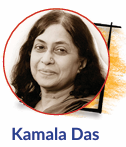
3. Tulsidas, Surdas, Kabir, Sumitranandan Pant, Jai Shankar Prasad, Maithli Sharan Gupta, Munshi Premchand, Mahadevi Verma, Bhagwati Charan Verma
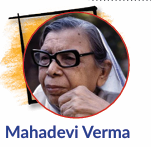
4. Amir Khusro, Faiz, Firdausi (Persian), Ghalib, Mohammed Iqbal, Sheikh Saadi (Persian), Omar Khayyam (Persian)
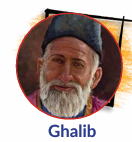
5. Ghalib Ashapoorna Devi, Bankim Chandra Chatterjee, Bibhuti Bhushan Bandopadhyay, Bishnu Dey, Rabindranath Tagore, Mahasweta Devi, R.C. Dut

Q-3 Phobia means ‘fear of’. Match the names of different phobias to the fear they are associated with:
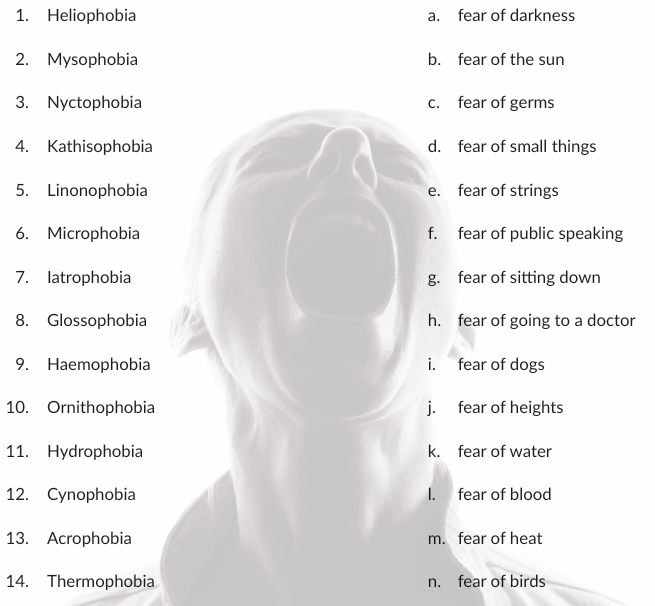
Q-4 Match the columns to complete the proverbs.
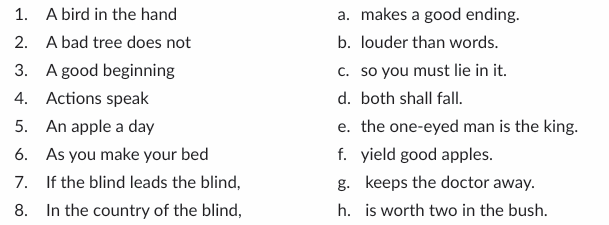
Q-5 Read the clues about these very precious literary masterpieces and match them. Their names are written in Column II. Match the two Columns.

Chapter-5 Go Global
Q-1
Write the names of the countries for which these are used :
1. Land of Maple Leaf ______________________________________________
2. Land of the Rising Sun ______________________________________________
3. The Dark Continent ______________________________________________
4. The Eternal City ______________________________________________
5. Windy City ______________________________________________
6. Pink City ______________________________________________
7. Sugar Bowl of the World ______________________________________________
8. Land of the Midnight Sun ______________________________________________
9. City of the Golden Gate ______________________________________________
10. City of Skyscrapers ______________________________________________
11. The Garden of England ______________________________________________
12. The Gift of the Nile ______________________________________________
13. The City of Dawn ______________________________________________
14. Land of White Elephants ______________________________________________
Q-2
Here are six extremely famous bridges from across the world. Can you identify
1. Located close to the Tower of London, which gives it its name, it is an iconic symbol of London. _____________________
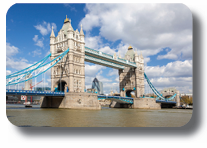
2. Located in Japan, it is one of the longest suspension bridges in the world. _____________________
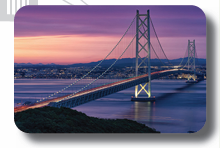
3. It is one of Australia's most well-known and photographed landmarks. _____________________

4. It connects Manhattan and Brooklyn and is a famous tourist spot in New York. ____________________
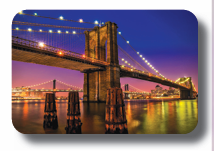
5. It is one of the oldest bridges spanning the Grand Canal in Venice. _____________________

6. This road bridge in France is one of the tallest vehicular bridges in the world. ____________________
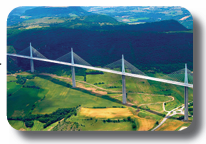
Q-3
Write the names of the countries and the cities:
1. Asia __________________________________
2. Europe _____________________________
3. Africa ______________________________
4. North America _______________
5. Australia ______________________
Q-4 Match these countries to their respective symbols :
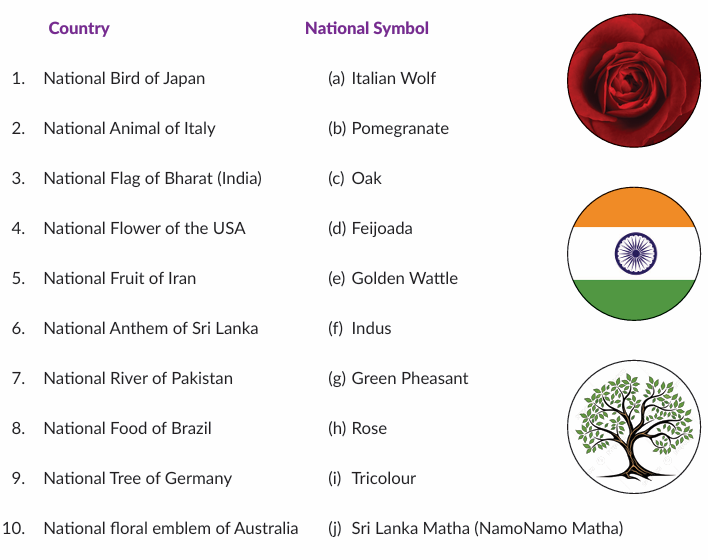
Q-5
Answer the following questions :
1. When was the UNO established:
2. In which city is the headquarters of the UNO located?
3. When is the UN day celebrated?
4. Which is the most powerful organ of the UN?
5. How many permanent members are there in the Security Council?
6. How many countries have Veto Power?
7. Who was the first woman President of the UN General Assembly?
8. Where is the International Court of Justice located?
9. What is the background colour of the UN flag?
Q-6
Write the names of the countries these parliaments belong to:
1. Gyelyong Tshokhang
2. National Diet
3. Legislative Yuan
4. Shura-e Milli
5. National People's Congress
6. Folketing
7. Bundestag
8. Sansad
9. The Knesset
10. Federal Parliament
11. Bangunan Parlimen
12. Great Khural
13. Rashtriya Sabha
14. Cortes Generales
15. Jatiya Sangsad
16. Congress
Chapter-6 Science & Technology
Q-1
Fill in the blanks:
1. To _______________________________ means to move from one website to another on the Internet.
2. ‘WWW’ in a URL stands for _______________________________
3. In browsers, _______________________________ is used to identify a space where the web pages that you have visited are stored in your computer.
4. The _______________________________ sign is used in email addresses between the user's name and the domain name.
5. A _______________________________ is the shortened form of a weblog.
6. A _______________________________ is a software program that enables you to view web pages and other documents on the Internet
7. To _______________________________ means to copy data from one computer system to another using the Internet.
8. The unique address of any web document is called its _____________________________.
Q-2 Complete the crossword with the help of the given clues.
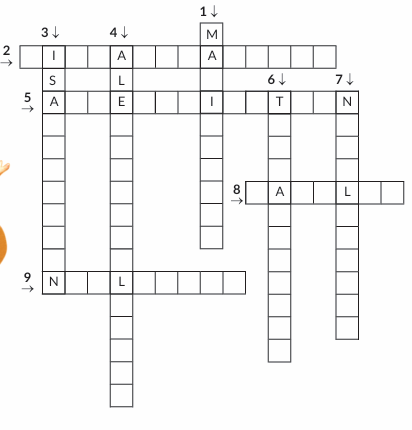
1. Physicist and chemist who conducted pioneering research on radioactivity
2. Discovered the principles underlying electromagnetic induction, diamagnetism and electrolysis
3. Formulated the laws of motion and universal gravitation
4. Discovered penicillin
5. Developed the Theory of Relativity
6. The Wizard of Menlo Park
7. Contributed to the design of the modern alternating current (AC) electricity supply system
8. Made observations that laid the foundation for modern physics and astronomy
9. Received the Nobel Prize for his understanding of atomic structure and the quantum theory
Q-3
Write the names of these scientific instruments.
1. A _____________________________ (MEETRLCAOT) is an instrument that is used for measuring the purity of milk.
2. A _____________________________ (OMANYD) is a machine used for converting mechanical energy into electrical energy.
3. A _____________________________ (RABORETEM) is an instrument that is used for measuring atmospheric pressure, forecasting the weather and for measuring altitudes.
4. An _____________________________ (DNESOPCOE) is an instrument that is used to look inside the human body.
5. A _____________________________ (IMROCOSCEP) is used to view very small objects such as plant and animal cells
6. A _____________________________ (OMRETHTATS) is device that automatically regulates temperature in certain electrical appliances
7. A _____________________________ (GERIASPMHSO) is an instrument that measures and records the magnitude of earthquakes
8. A _____________________________ (MHOS SACEL) is a scale of hardness that is used for testing the scratch-resistance of minerals
Q-4
Read the descriptions of these minerals and write their names.
1. It is widely used for manufacturing batteries, transistors and chips in the electronic industry. _____________________________
2. It is the main component of stainless steel and is the most widely used metal. _____________________________
3. It is the main source of aluminium which is used for manufacturing aeroplanes and utensils. _____________________________
4. It is one of the rarest and most valuable metals in the world. _____________________________
5. It is one of the most widely used gemstones and is the hardest known substance in the world. _____________________________
6. It is one of the heaviest metals, and it is used in alloys to create materials with high resistance to wear and corrosion. _____________________________
7. It is a precious yellow metal and is widely used for making ornaments. _____________________________
8. It is the oldest mineral known to human beings and is used for making electrical wires. ____________________________
Chapter-7 Reasoning & Problem-Solving
Multiple Choice Questions
Q-1 My first letter is in RUN but not in FUN. My second letter is in POT but not in PUT. My third and fourth letters are in SEAT but not in MOAT. Which word am I?
(i)
nose(ii)
fond(iii)
post(iv)
roseQ-2 Ronny is taller than Rachel but shorter than Rancho. Amit is taller than Taren but shorter than Rachel. Who is the shortest of them all?
(i)
Ronny(ii)
Amit(iii)
Rancho(iv)
TarenQ-3 One morning, Roshan and Varun were talking to each other face to face at a crossing. If Varun's shadow was exactly to the left of Roshan, which direction was Roshan facing?
(i)
South(ii)
West(iii)
North(iv)
EastQ-4 Shushant likes to eat apples and oranges. Ranveer likes to eat bananas and oranges. Suresh likes to eat oranges. Ramesh eats only apples. Which only fruit is liked by all four?
(i)
orange(ii)
banana(iii)
apple(iv)
noneQ-5 How many consonants appear immediately after a vowel but not immediately before a vowel in the word BUCKMINSTERFULLERENE?
(i)
ten(ii)
seven(iii)
four(iv)
noneQ-6 In a certain language, if HORSE is written as JMTQG, then how will TIGER be written in the same language?
(i)
VGCIT(ii)
EVCIN(iii)
VIGICT(iv)
NOCTGQ-7 In the given sequence, which set of letters will logically replace the hash sign GAN, HCQ, #, JGW?
(i)
ATG(ii)
IGT(iii)
WAB(iv)
IETQ-8 If yesterday is the day before yesterday of Saturday, what day is the day after tomorrow?
(i)
Sunday(ii)
Monday(iii)
Wednesday(iv)
ThursdayChapter-8 Life Skills & Values (NEP and NCF Based)
Multiple Choice Questions
Q-1 Which technique helps you track completed and pending tasks?
(i)
Prioritise Tasks(ii)
Estimate Time(iii)
Create To-Do Lists(iv)
Set RewardsQ-2 Which technique involves clearly defining what you want to achieve in the short and long term?
(i)
Estimate Time(ii)
Prioritise Tasks(iii)
Set Goals(iv)
Set RewardsQ-3 Which technique requires making a list of tasks to be accomplished?
(i)
Break Down Tasks(ii)
Create To-Do Lists(iii)
Estimate Time(iv)
Set GoalsQ-4 Which technique helps you focus on the most important tasks first?
(i)
Prioritise Tasks(ii)
Set Rewards(iii)
Estimate Time(iv)
Create To-Do ListsQ-5 Dividing large tasks into smaller, manageable parts refers to ______.
(i)
Set Goals(ii)
Break Down Tasks(iii)
Set Rewards(iv)
Prioritise TasksQ-6 Which technique is used to allocate appropriate time for each task?
(i)
Estimate Time(ii)
Create To-Do Lists(iii)
Set Rewards(iv)
Prioritise TasksQ-7 Which technique encourages motivating yourself after achieving tasks?
(i)
Set Goals(ii)
Set Rewards(iii)
Break Down Tasks(iv)
Estimate TimeQ-8 Which technique improves focus by highlighting tasks that must be done first?
(i)
Break Down Tasks(ii)
Prioritise Tasks(iii)
Set Goals(iv)
Set RewardsQ-9 Which technique helps reduce overwhelm by simplifying large tasks?
(i)
Break Down Tasks(ii)
Set Goals(iii)
Set Rewards(iv)
Estimate TimeQ-10 Which technique helps you plan your day more effectively by predicting how long tasks will take?
(i)
Set Goals(ii)
Estimate Time(iii)
Prioritise Tasks(iv)
Break Down TasksChapter-9 Entrepreneurship
Multiple Choice Questions
Q-1 What determines the price of a product or service?
(i)
Only supply(ii)
Only demand(iii)
Government rules(iv)
Interaction of supply and demandQ-2 What happens when demand for a product is high and supply is low?
(i)
Prices fall(ii)
Prices rise(iii)
Prices stay the same(iv)
Demand decreasesQ-3 When supply is high and demand is low, prices tend to ______.
(i)
rise(ii)
fluctuate(iii)
fall(iv)
stay constantQ-4 Which situation causes prices to fall?
(i)
High demand and low supply(ii)
Low demand and high supply(iii)
Equal demand and supply(iv)
No demandQ-5 The interaction of supply and demand helps balance the ______.
(i)
factory(ii)
market(iii)
environment(iv)
economy onlyQ-6 High demand usually results in ______ prices.
(i)
lower(ii)
rising(iii)
no change in(iv)
unpredictableQ-7 When supply is low, what usually happens to the price?
(i)
It increases(ii)
It disappears(iii)
It becomes free(iv)
It becomes unpredictableQ-8 Which factor ensures goods and services are distributed efficiently?
(i)
Advertising(ii)
Market interaction(iii)
Company policies(iv)
Government taxesQ-9 If the supply of a product increases but demand remains the same, prices will likely ______.
(i)
rise(ii)
fall(iii)
become negative(iv)
stay very highQ-10 What happens when both supply and demand are balanced?
(i)
The market becomes unstable(ii)
Goods cannot be sold(iii)
The market works efficiently(iv)
Prices become unpredictableChapter-10 Yoga & Asanas
Multiple Choice Questions
Q-1 According to yogic lore, who is considered the first yogi or Adiyogi?
(i)
Agastya(ii)
Lord Shiva(iii)
Patanjali(iv)
AdiguruQ-2 Where did Adiyogi share his profound yogic knowledge with the seven sages?
(i)
River Ganga(ii)
Kantisarovar in the Himalayas(iii)
Vindhya Hills(iv)
South IndiaQ-3 The ‘seven sages’ who carried yogic science to different parts of the world are known as ______.
(i)
Rishis(ii)
Siddhas(iii)
Saptarishis(iv)
SaintsQ-4 Where did the yogic system find its fullest expression?
(i)
Greece(ii)
China(iii)
India(iv)
EgyptQ-5 Agastya, the saptarishi, helped craft yogic culture around a core ______.
(i)
spiritual path(ii)
yogic way of life(iii)
meditation practice(iv)
warrior traditionQ-6 Yoga is widely considered an outcome of which ancient civilisation?
(i)
Mesopotamian(ii)
Roman(iii)
Indus–Saraswati Valley Civilisation(iv)
ChineseQ-7 Evidence of yogic practices, such as seals depicting figures performing yoga, dates back to around ______.
(i)
500 AD(ii)
1200 BC(iii)
2700 BC(iv)
8000 BCQ-8 Which great sage systematised and codified yogic practices into the Yoga Sutras?
(i)
Vyasa(ii)
Patanjali(iii)
Agastya(iv)
Gautama BuddhaQ-9 The presence of yoga can also be found in ______.
(i)
Greek and Roman texts(ii)
Vedic and Upanishadic heritage(iii)
Only Buddhist traditions(iv)
Only Jain textsQ-10 After Patanjali, many sages contributed to preserving yogic knowledge through ______.
(i)
songs and poems(ii)
folk tales(iii)
documented practices and literature(iv)
temple carvings